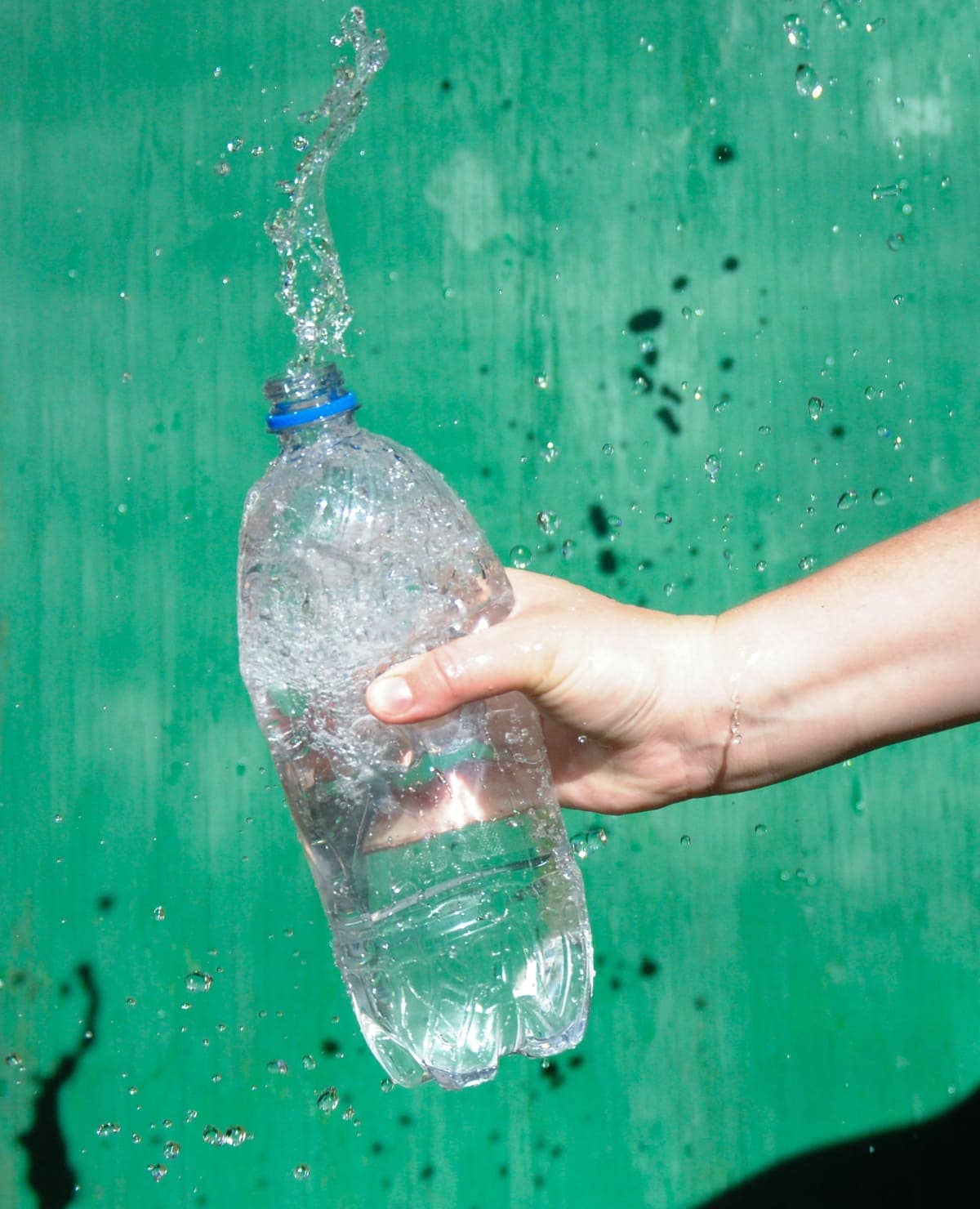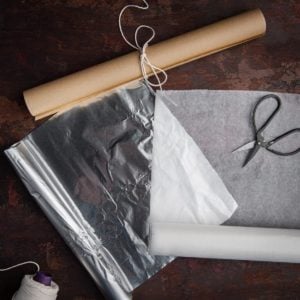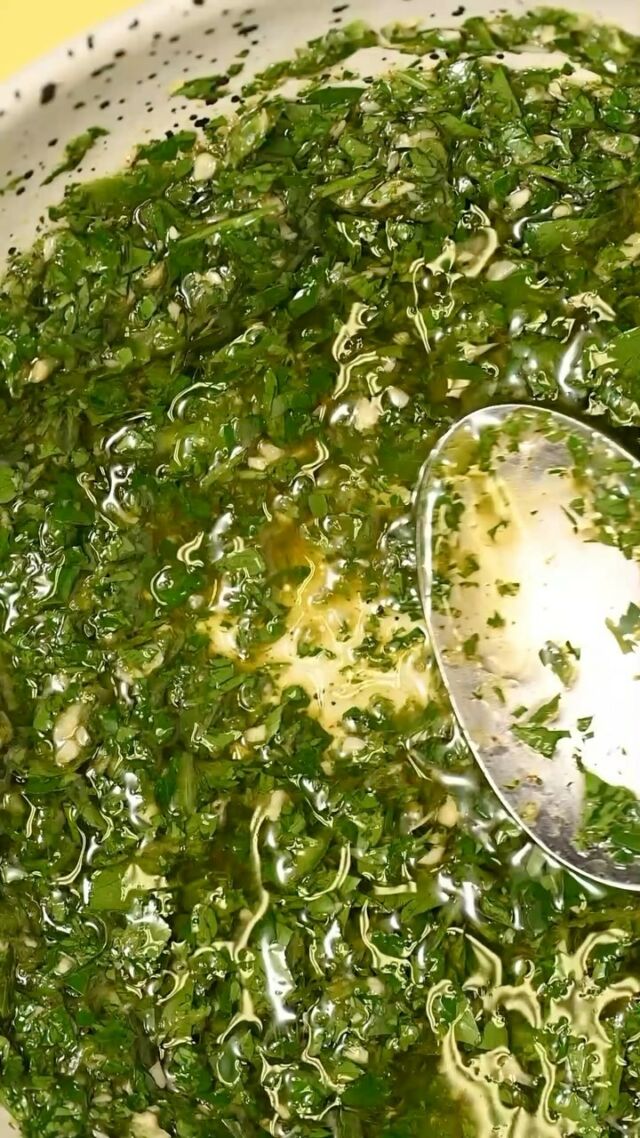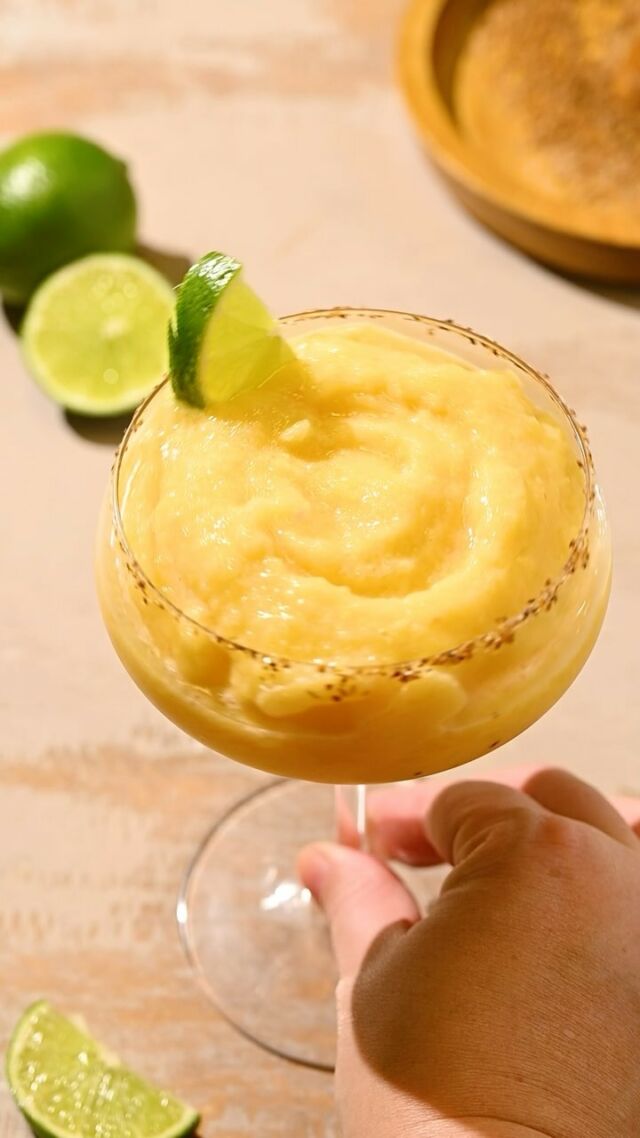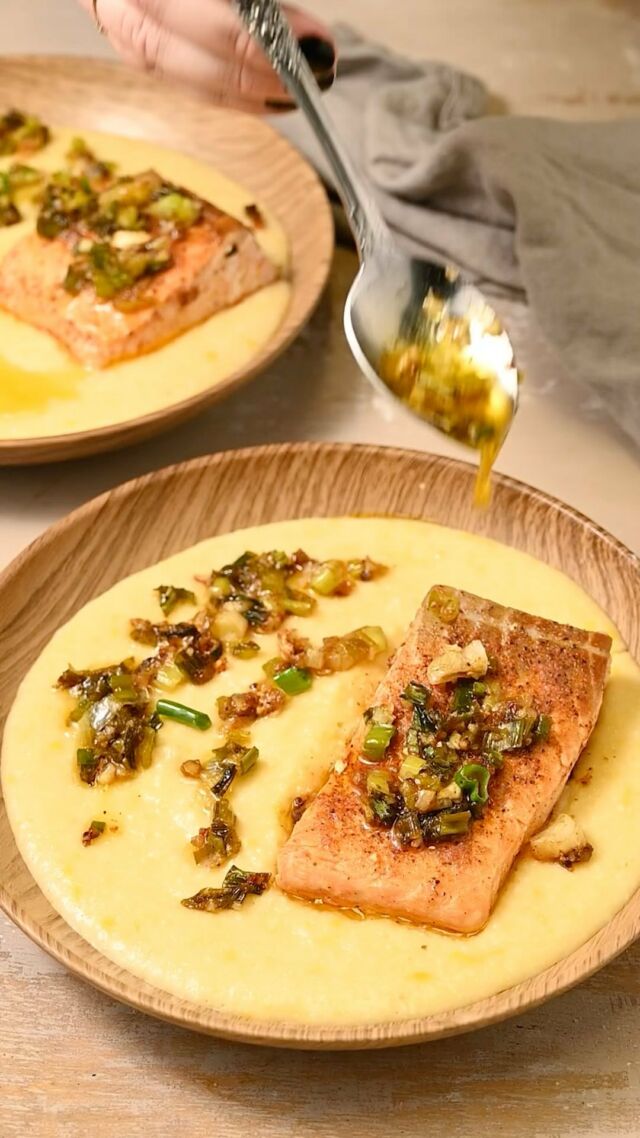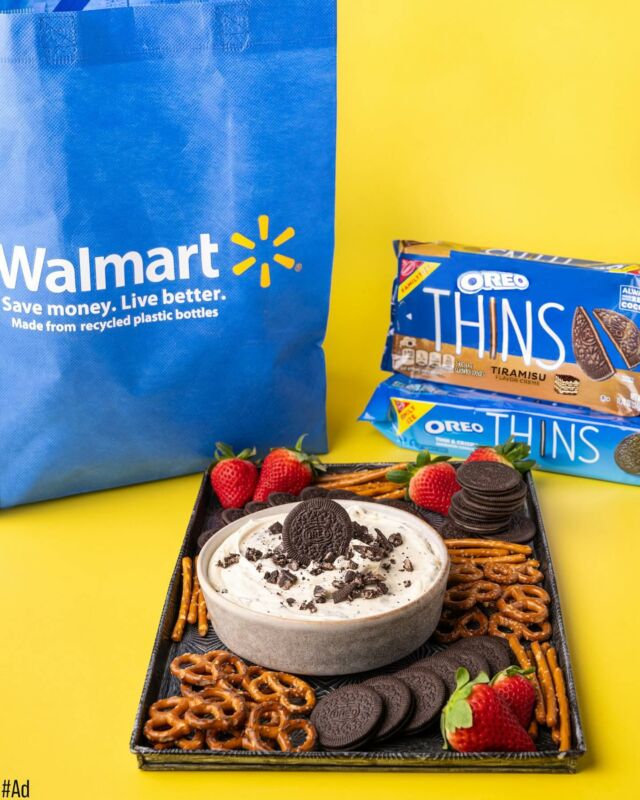Plastic packaging is nearly impossible to avoid. Almost everything we buy at the supermarket is encased in it, from our water bottles to our cans, to our toilet paper. It is EVERYWHERE. So it’s no wonder that it’s the most prevalent type of manmade debris found in our oceans.
Microplastics are a relatively new field of study, concentrating on plastic particles that are less than 5 millimeters in length. To put this into perspective, that is the size of a sesame seed. So how could something so small be of concern? And what does this have to do with the food industry? Let’s find out.
Where Do Microplastics Come From?
Despite recycling efforts, the sad truth is that only about 9% of plastics are recycled. This leaves the rest to go to landfills or to be released into our environment, eventually making their way into our land, air, and waterways.
And the pesky thing about plastic is, it really doesn’t biodegrade. It takes hundreds, sometimes thousands of years to break down, just to become microplastics. The majority of microplastics started out as much larger fragments and have broken down to the tiniest size.
They make their way to the ocean from traveling in wind and rain in storms, with agricultural runoff, and through our wastewater systems.
There are, however, some microplastics that are purposely produced sesame seed-sized. A lot of beauty products, including toothpaste and face washes, use microplastics as an exfoliant property and are then directly transported into the water system down sink and shower drains.
So why should we care?
Microplastics in Water
Now that we know there’s tons of microplastics in the water, let’s dive into why it matters.
For one, it is ingested by marine organisms, which can pose a threat to their life, disturbing wildlife and their prospective ecosystems. But what’s more is they have been detected in commercial seafood and our drinking water which means, well, we’re eating them, too.
While scientists are still discovering the possible effects microplastics may have on our bodies, what we do know is that toxic chemicals are found inside these microplastics. And some of these toxic chemicals have been linked to cancers, reproductive problems, and weakened immune systems.
Microplastics in Soil
There are some microplastics that don’t make it to our oceans, and that’s simply because they are absorbed by the soil first. There are more and more studies being done on how microplastics affect the soil, but for now, scientists believe that it may affect crop yield.
Studies have found that soil with microplastics shows a change in pH, soil stability, and other soil properties, all of which can affect the growth, development, and survival of crops. Crops that we depend on for food.
Microplastics in the Atmosphere
Microplastics picked up by wind end up in the air, which means—you guessed it— we’re not only eating and drinking microplastics, we are breathing them in, too.
When microplastics get small enough to be inhaled, they are considered pollutants called particulate matter. Particulate matter has been linked to respiratory distress, including coughing, wheezing, and asthma.
So what does all of this have anything to do with food?
Plastic and Food
Almost all of the food we buy is packaged in some sort of plastic. Whether you’re buying it from the supermarket or getting take out from your favorite restaurant, you will likely have to tear through at least one layer of plastic before getting into your food.
Even produce that has no packaging is encouraged to be tucked into a little plastic bag. And then your whole cart is divided into multiple tiny plastic bags to bring home.
In fact, 40% of all plastic is used for packaging. And the packaging, food packing included, is intended for single use. And with only 9% of plastics getting recycled, well, let’s just say microplastics aren’t going away any time soon.
So what can we do? Surely there is something we can do to minimize the number of microplastics being dumped into our environment. Check out my article on 9 Food Choices We Can Make To Live More Sustainably.
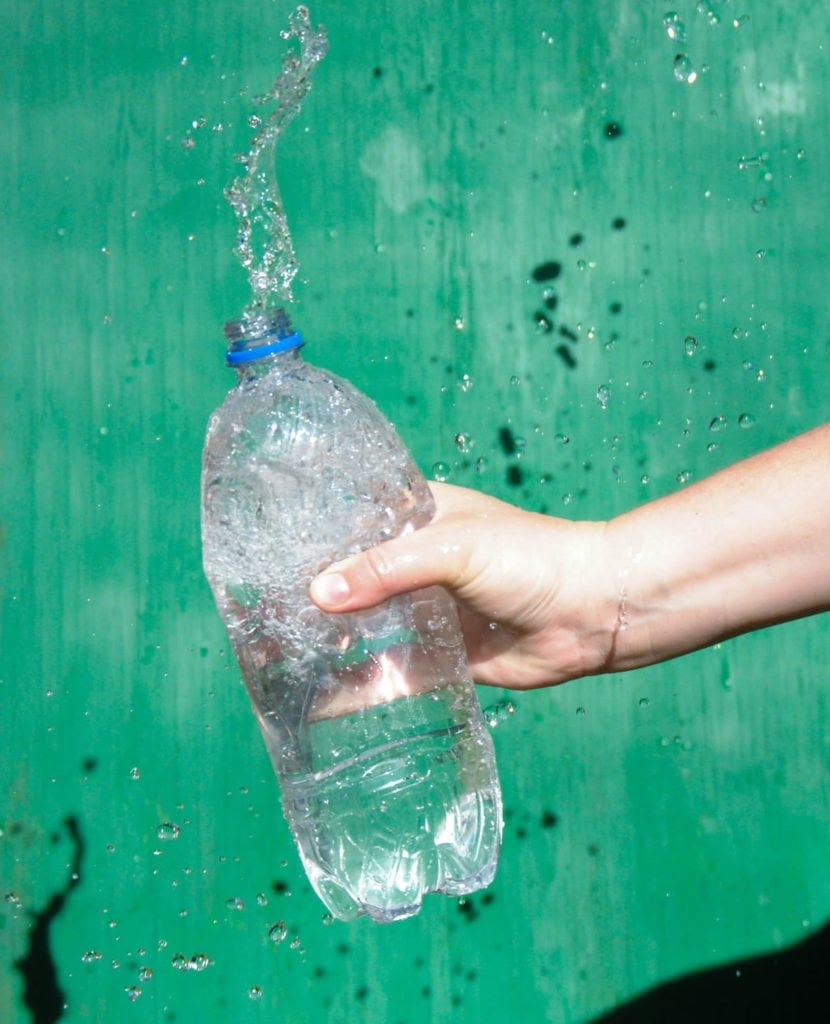
The Food Industry and Microplastics FAQ’s
Microplastics are saturating our water, soil, and atmosphere, and even ending up in our food. Traces of harmful chemicals that are linked to health issues have been found inside microplastics that are being ingested.
Microplastics are any fragments of plastic that are less than 5mm in length, from a variety of sources including cosmetics, industrial processes, and packaging.
Microplastics are any fragments of plastic that are less than 5mm in length. They are saturating our water, soil, and atmosphere, and even ending up in our food. Traces of harmful chemicals that are linked to health issues have been found inside microplastics that are being ingested.
